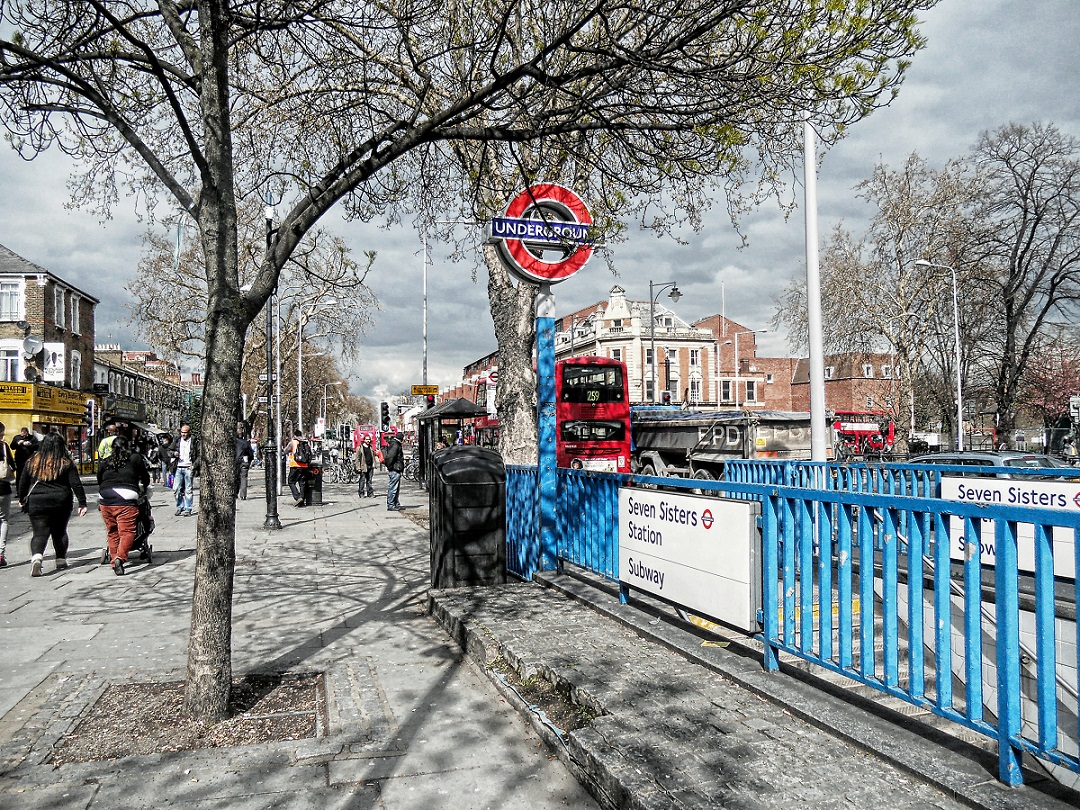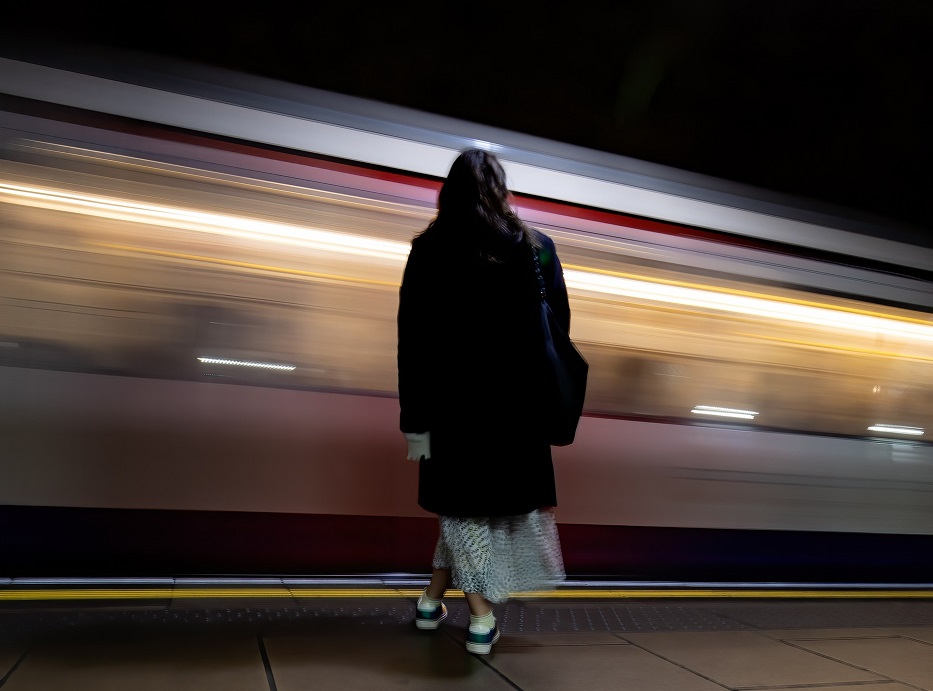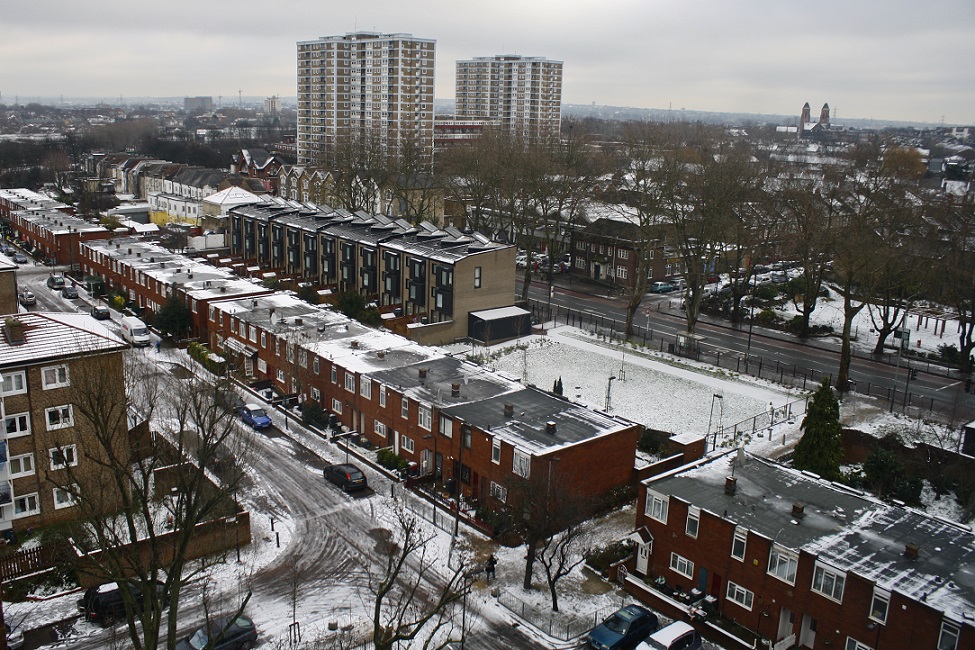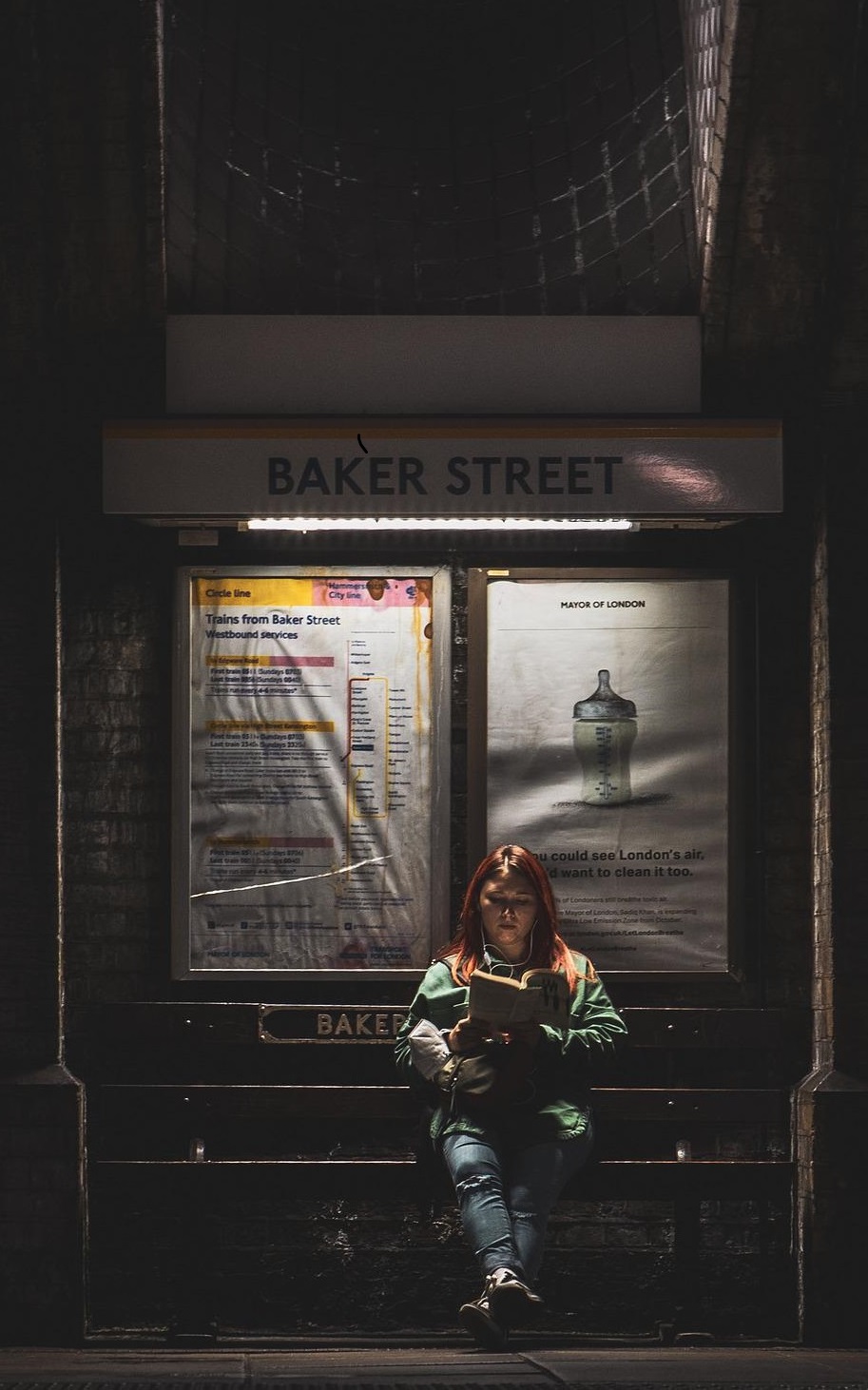Spanish speaking immigrants have made this a harmonious place to live; an area tailored to fit their economic and social needs. High rents and low-paying jobs have meant that a large number of foreigners have moved into this neighbourhood.

Benjamin Serra
There is an area of North-East London where 175 different languages can be heard. One of these is Spanish. The area is Seven Sisters, in the borough of Haringey, where large numbers of Latin American immigrants have chosen to settle in England.
This area is also home to a large number of immigrants from other countries. Amongst other nationalities, a number of Turks, Poles and Afro-Caribbeans live here, making this one of London’s most multicultural areas.
In fact, Haringey, which includes Seven Sisters as well as other areas, is the fifth most diverse borough in the country in terms of ethnicity: 53.7% of the population classes itself as “not British”. The population is predominantly “Black”, “Mixed Race” and “Afro-Caribbean”.
According to the latest City of London census, 137 people residing in Seven Sisters were born in South America. However, the most recent official data from the district, published in 2011, counted 2828 people who identified themselves as Latin American or South American living in the borough of Haringey.
Latino Presence
This means that although the majority of London’s Latin American population can be found south of the Thames, and especially in Haringey, Seven Sisters has the largest immigrant community in the north. The community is mostly made up of Brazilians, Colombians, Ecuadorians and Peruvians.
Daniel Martinez lives in this area. He is 25 years old and works for Manuel’s Butchers in the Seven Sisters’ market. He came to England from Colombia with his parents when he was only eight years old and although he has spent most of his life in this country, he has never neglected his Colombian culture. He is proud of it, and of being Latin American.
 Daniel’s neighbours are also from Latin America, as are most of his customers, as well as the other market stall employees in Seven Sisters, known as Pueblito Paisa.
Daniel’s neighbours are also from Latin America, as are most of his customers, as well as the other market stall employees in Seven Sisters, known as Pueblito Paisa.
The market emerged because of the immigrants, and became a necessity as a means to combat the loneliness and frustration they felt at having to live in a different country. It has gradually become a landmark for all Latinos living in the north of London.
“Latinos, and Colombians in particular, have always been a nation of emigrants. This is due to economic reasons, as well as the impact of violence and guerrilla forces,” explains Hernán Gutiérrez, a lawyer who has spent over 20 years in London and has an office in Seven Sisters. Since the late seventies, Colombia’s plight has, until recently, forced large numbers of citizens to leave their country and seek a future in England.
“There are groups of Latinos all over the world, be they large or small. We always settle in places where we can go about our lives combatting the stigma that haunts us, for example, Colombians’ reputation of being drug traffickers,” says Hernán.
Daily Life
In the seventies, the area’s Latino immigrant population was mostly dominated by Colombians and Chileans, for political reasons, as well as the Ecuadorians and Peruvians, for economic reasons. Since the year 2000, Bolivians and Brazilians have made up two thirds of the Latino immigrant population, making this community a significant group of immigrants.
The Latin American presence is clear, and can be seen simply by going to Saint Ignatius Parish, which offers Spanish masses to those who wish to attend.

The Pueblito Paisa market has become a meeting point. This is how Luis Fernando describes it, a 39 year old Colombian, who has been a grocer in the market for the past eight years.
“We meet in Pueblito Paisa, we have a coffee after work, send money to people in our native countries, go to the hairdresser and find things we need. It’s a welcoming place and the most important Latin area in the North,” says Luis Fernando, who came to London 15 years ago as while travelling the world. His goal was to explore the city.
There are over 400,000 Latin Americans in the city of London, concentrated in different areas. Seven Sisters has become a haven for hundreds of them, but it is not the only refuge in the north. From Manor House and Edmonton to FinsburyPark and Blackhorse, large areas of London are populated by Brazilians, Ecuadorians, Spanish, Bolivians and Uruguayans, all of whom are attracted to the areas by the numbers of Hispanic people living there.
But the Hispanic population is not the only reason immigrants come to these areas. They can survive far more easily here, as rental costs in these areas are not as high as in Zones 1 and 2 of the city.
Historically, Seven Sisters is a region which has welcomed immigrants, and it continues to do so because it remains an affordable neighbourhood in which to rent a home.
Perhaps that is one of the reasons this area attracts those less fortunate. “Someone who can’t afford a house in Islington or Westminster can afford to live in Haringey, which is why there is a concentration of people with low incomes in this area,” explains Juan Camilo Cock, a representative from the Migrants’ Rights Network.
In many cases, immigrant workers earn about six pounds, or in some cases, only four pounds, which is not enough money to live in the expensive city of London.
 “Some immigrants have to work so that they can at least eat once a day. The rest is used to pay the rent and whatever is leftover gets sent to their families in their native country,” says Hernán Gutiérrez.
“Some immigrants have to work so that they can at least eat once a day. The rest is used to pay the rent and whatever is leftover gets sent to their families in their native country,” says Hernán Gutiérrez.
Shipping rates to countries like Ecuador and Bolivia, at around three per cent, must also be paid from their pay. The money this costs would cover two days’ worth of food for two people.
There is a clear lack of help from the state. Furthermore, 11% of Latin American workers in the city earn less than minimum wage, making the situation far more difficult.
In fact, life in Seven Sisters is not easy. 21.5% of the population is unemployed or on benefits due to extremely low incomes. This is the highest figure in the city, the country and even the entire district.
Finding a job is also difficult, and it is not that unusual to see vans in these areas picking up immigrant workers, usually Eastern European, to work as labourers for the day. This trend started in the United States, and has now extended to this country.
In addition to housing problems and work issues, Seven Sisters has one of the highest crime rates in Haringey. Theft, robbery, fraud and drug trafficking are just some the noteworthy crimes this area has experienced.
Seven Sisters’ immigrant community has come into existence as a result of various ethnic minority groups amalgamating, as in the case of Spanish speakers, but there are no clear governmental policies with regards the community.
In response to this difficult situation, immigrants have created their own space in London by maintaining their beliefs, customs and language, making Seven Sisters a thriving, multicultural community.
(Translated by Marie-Thérèse Slorach – Email: marietherese.slorach@gmail.com) – Photos: Pixabay












.jpg)












